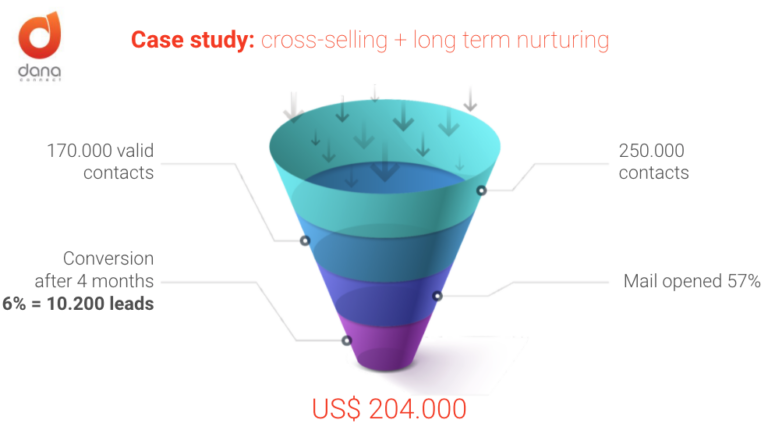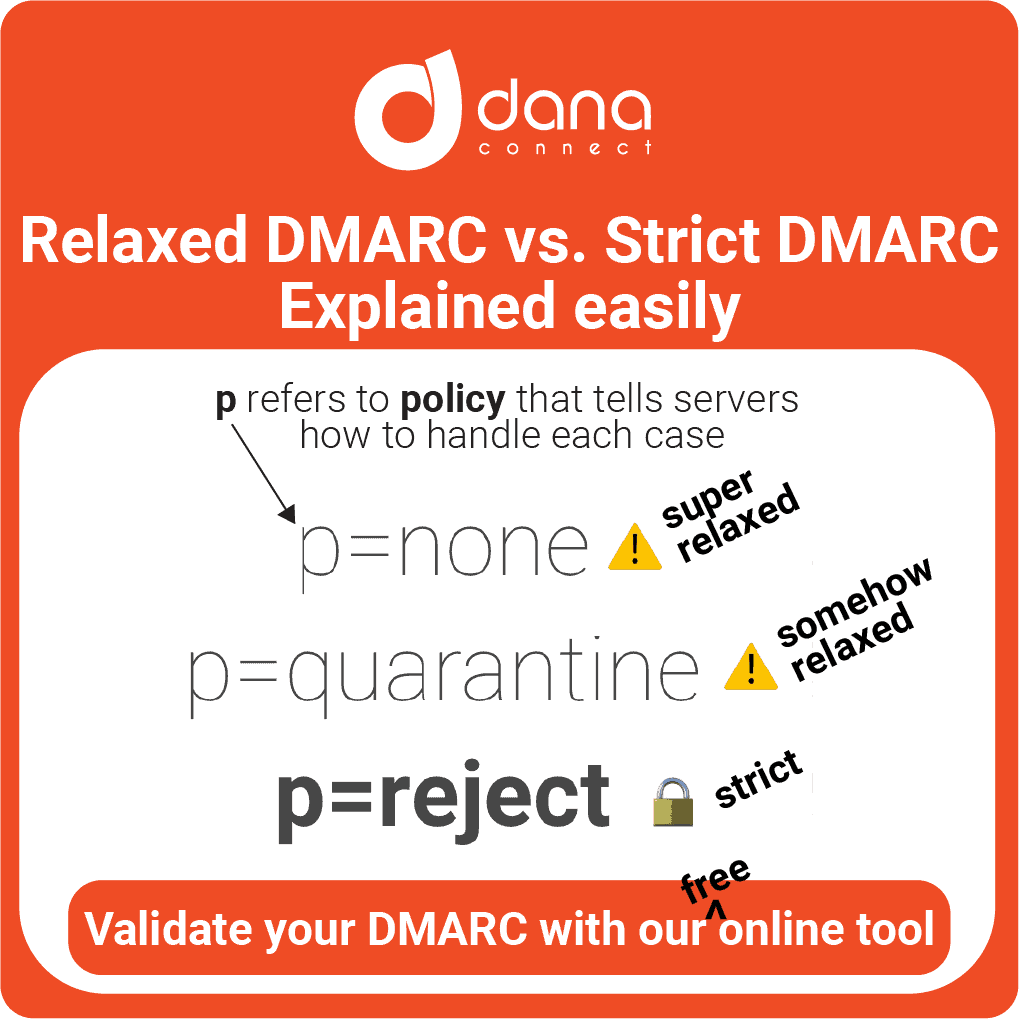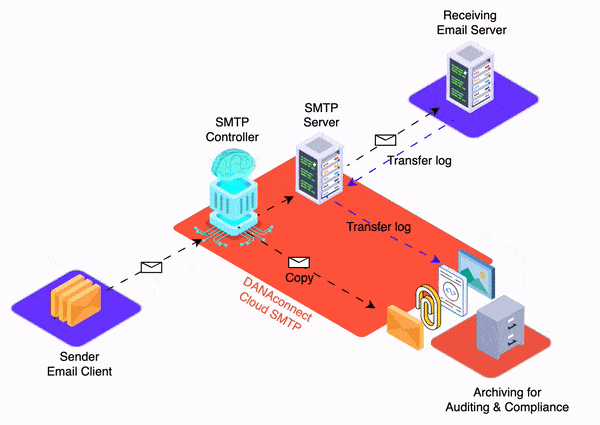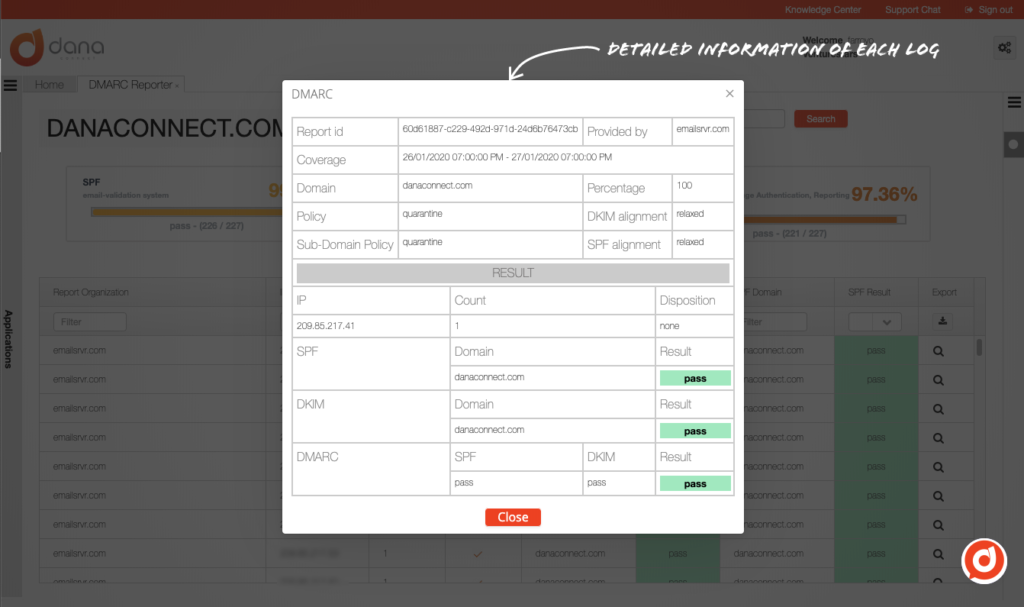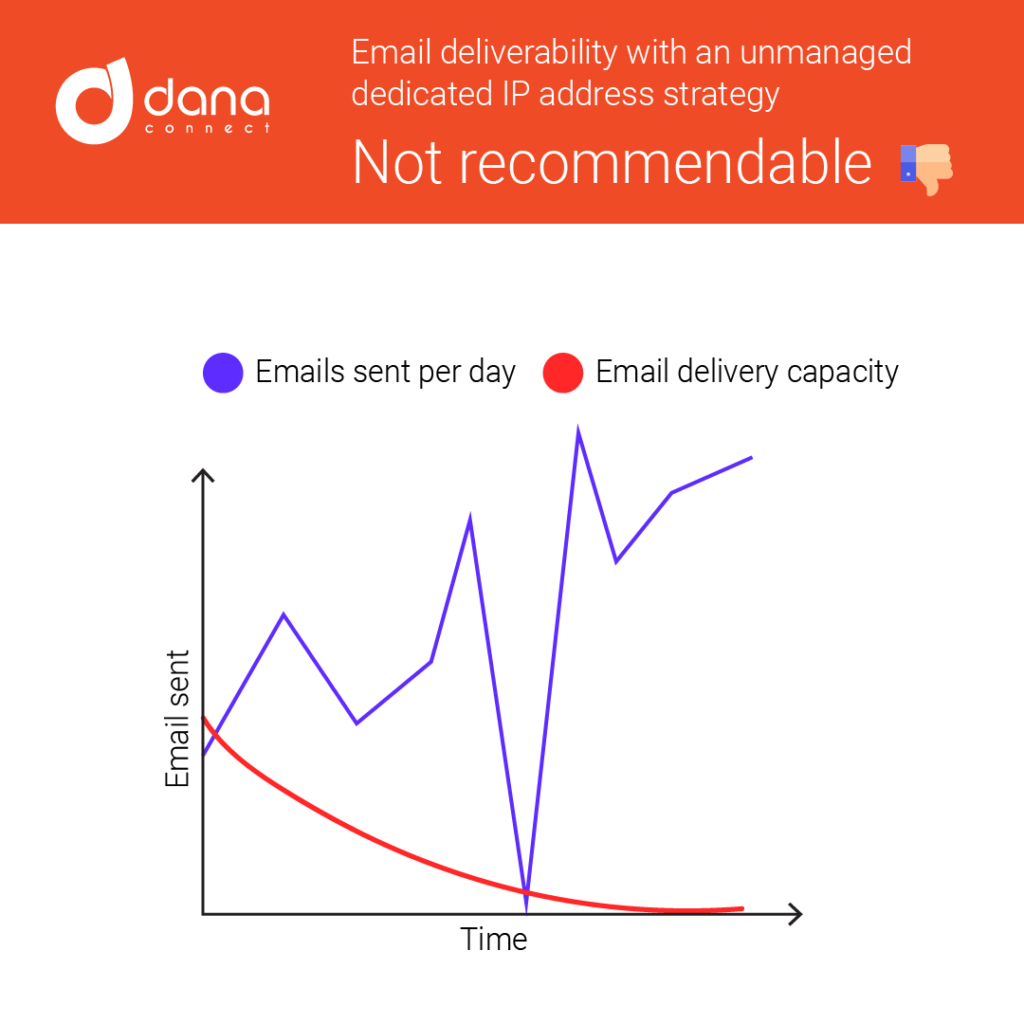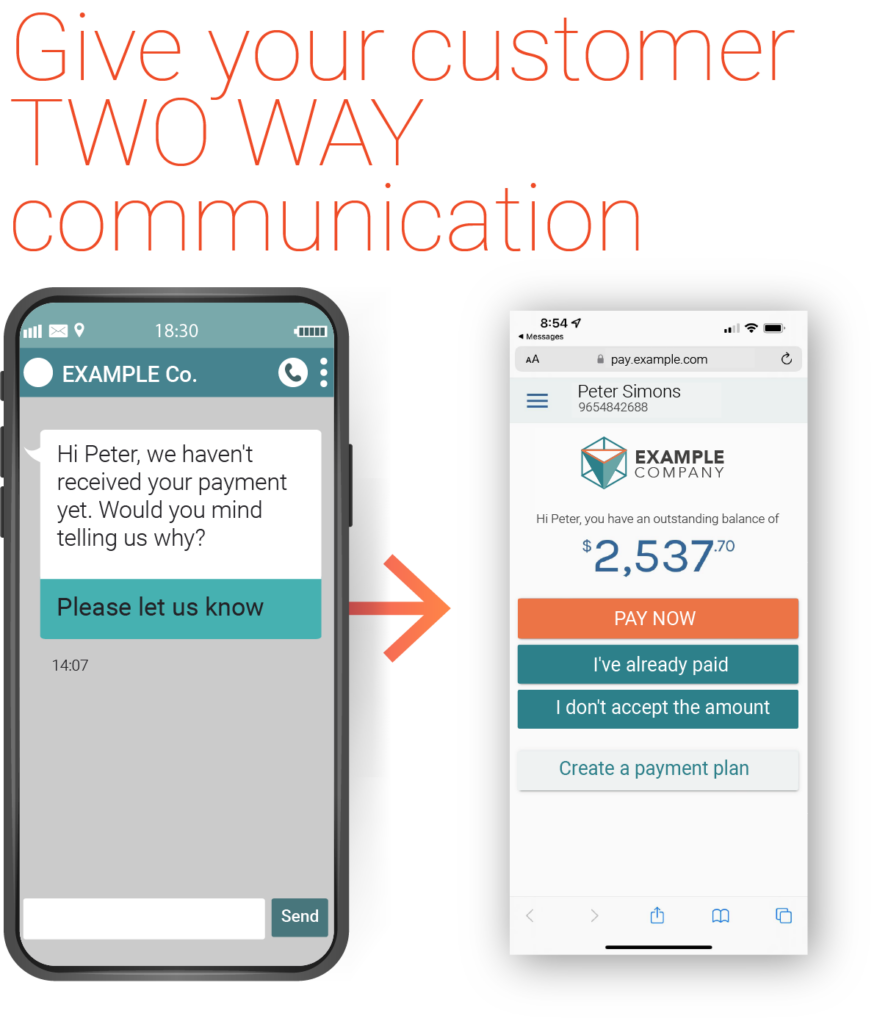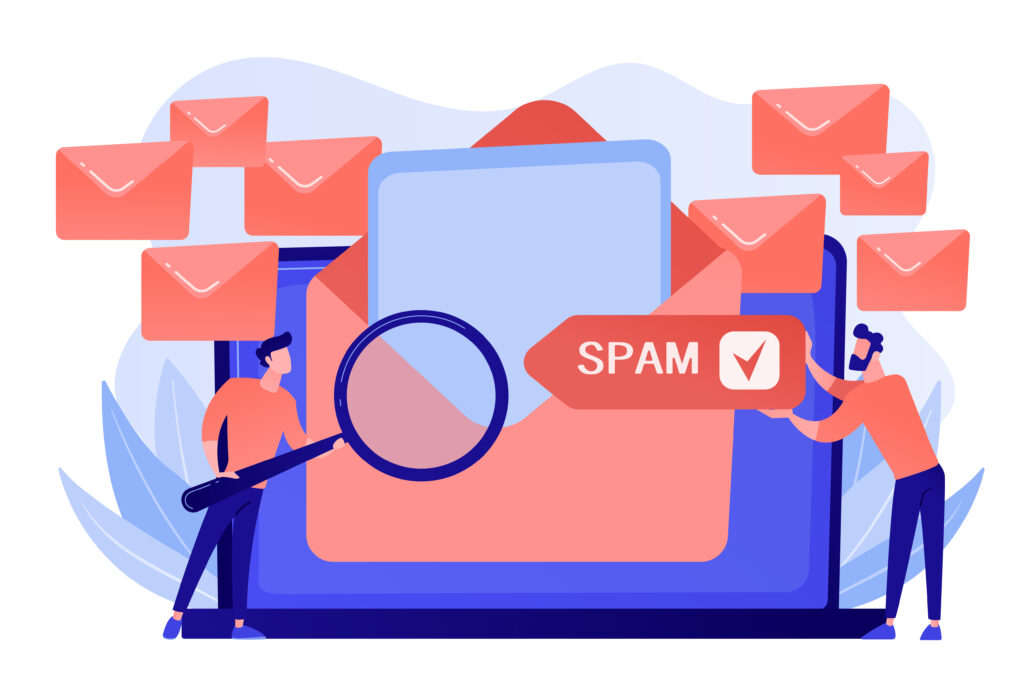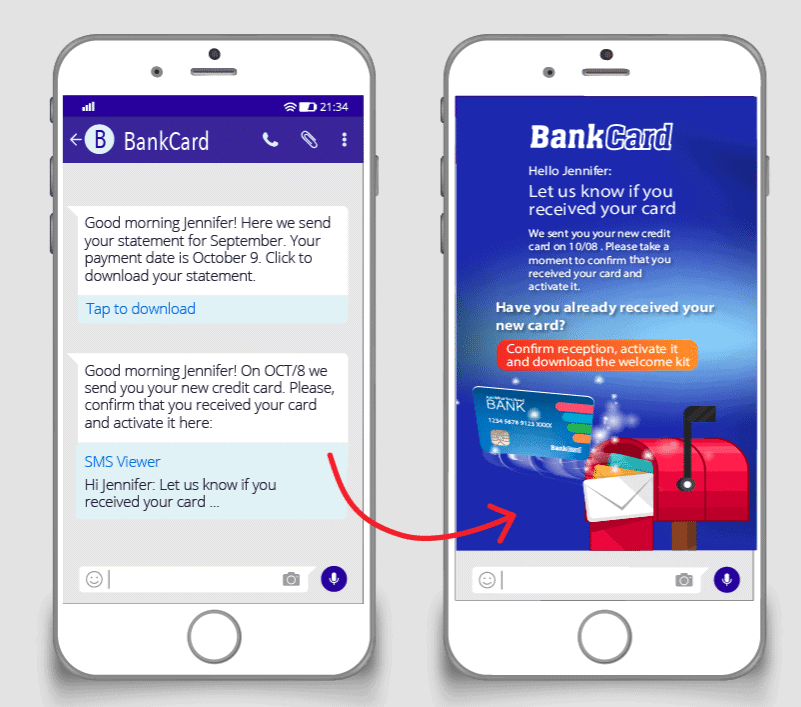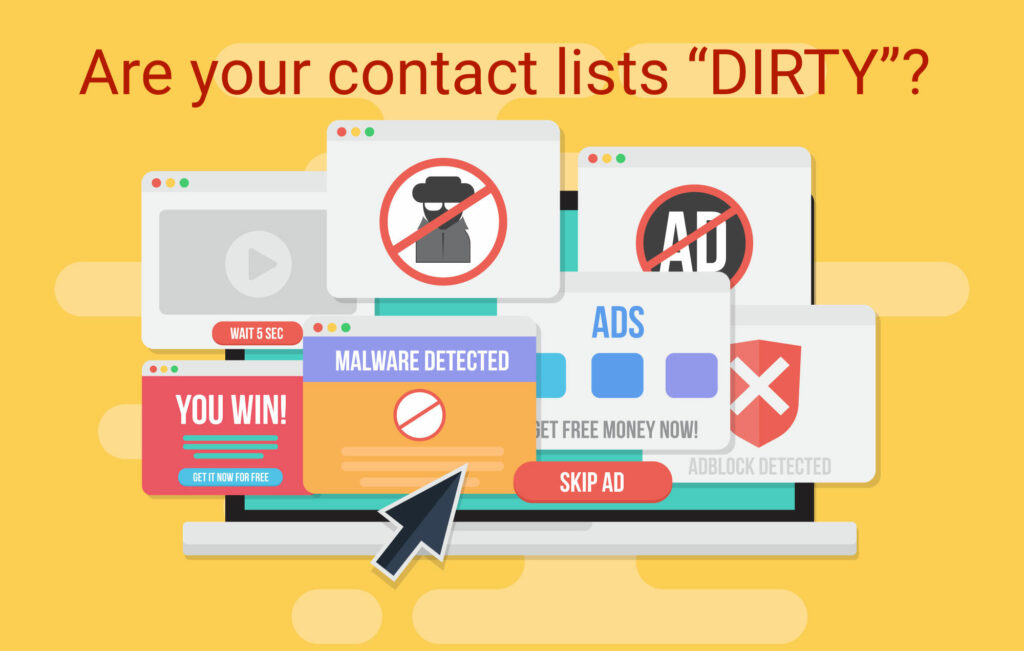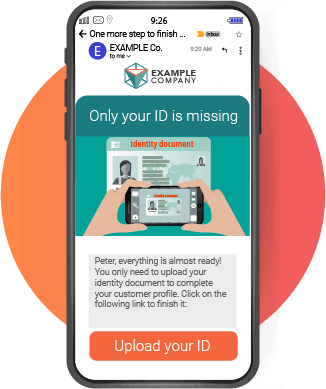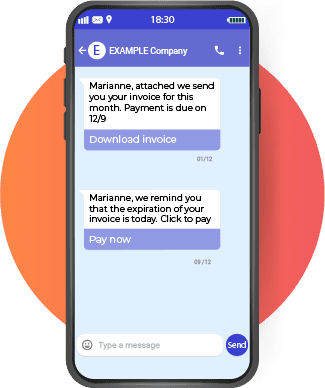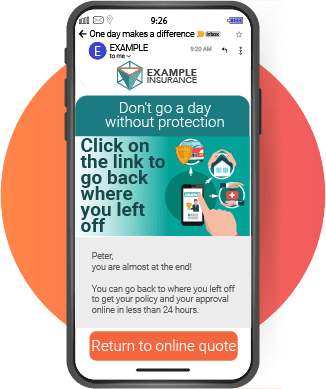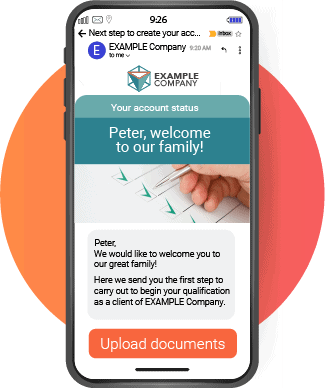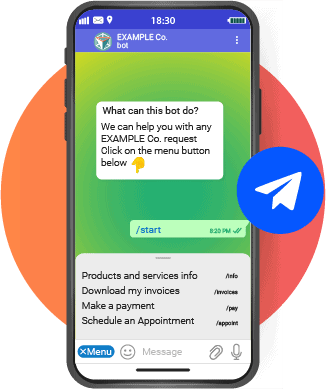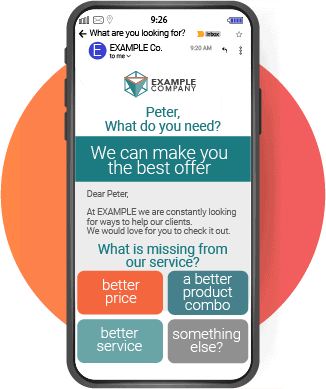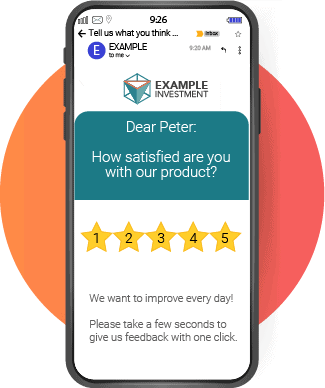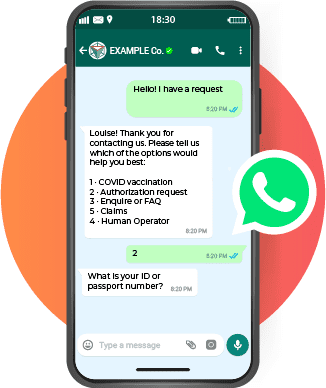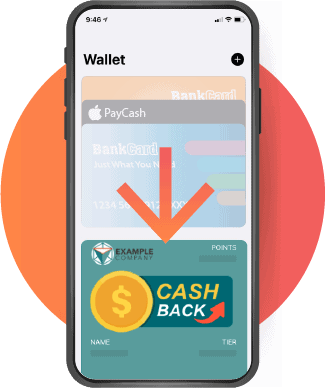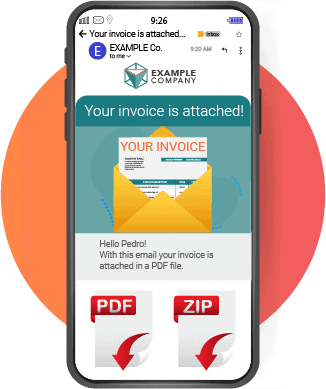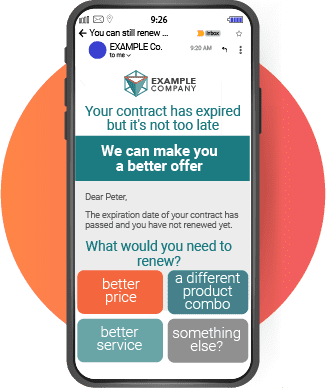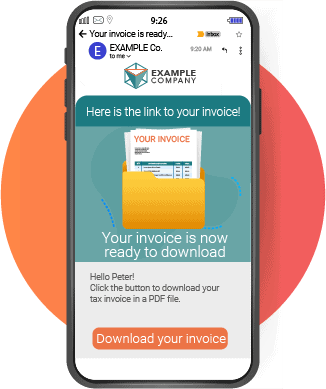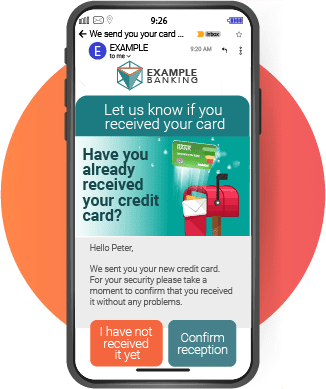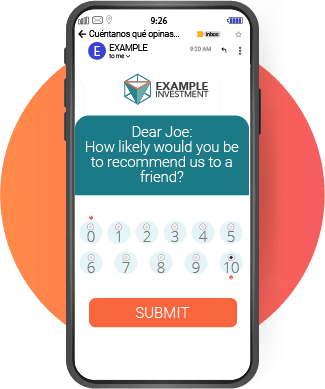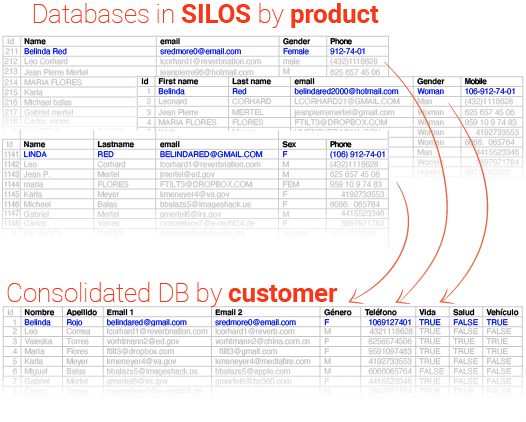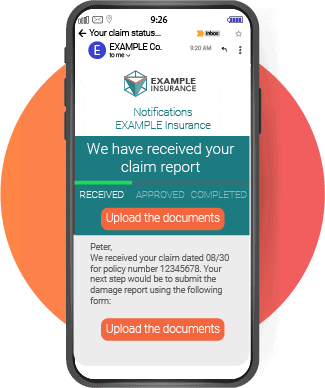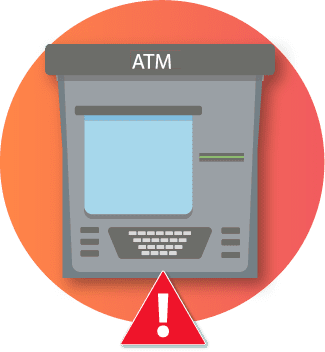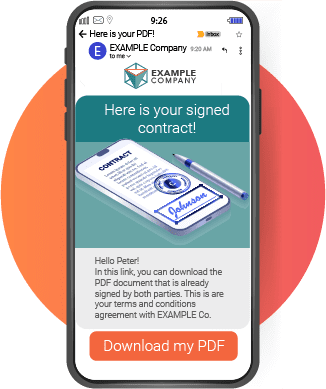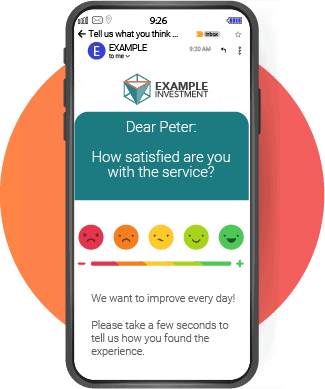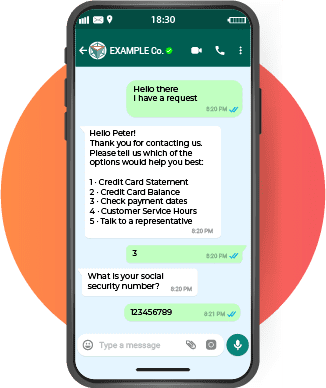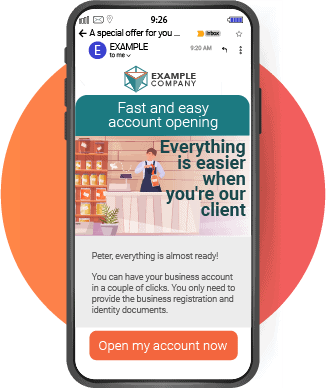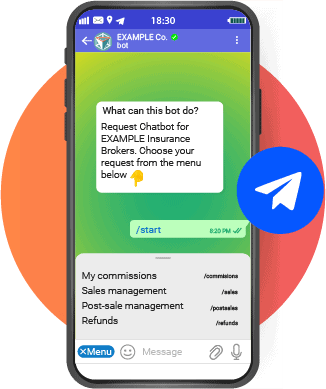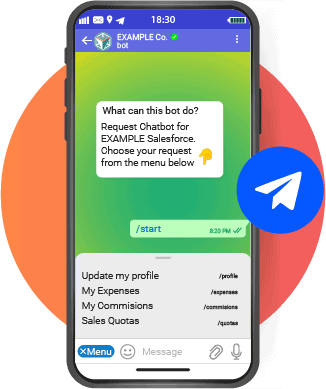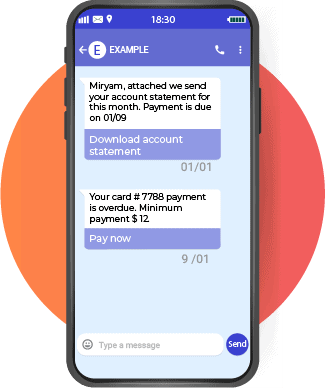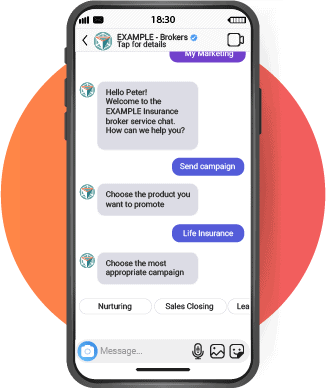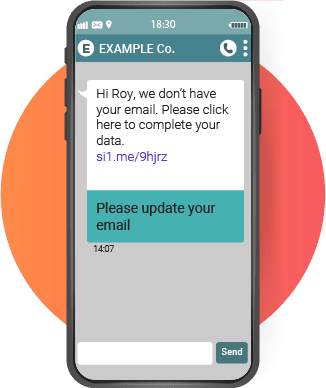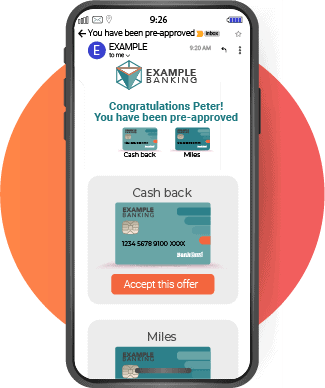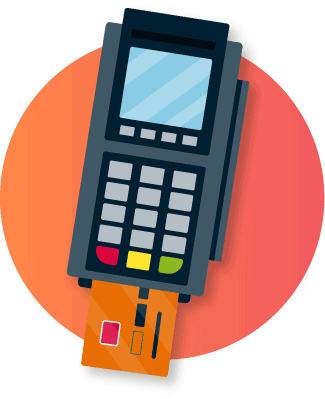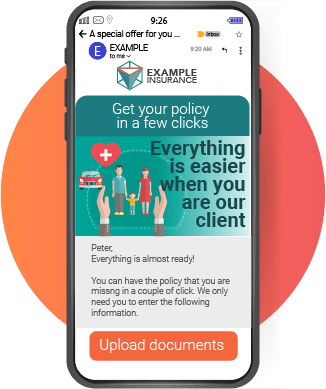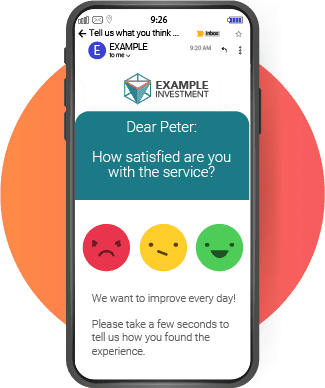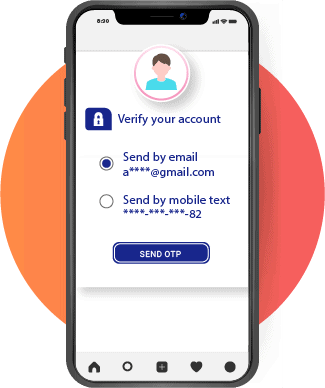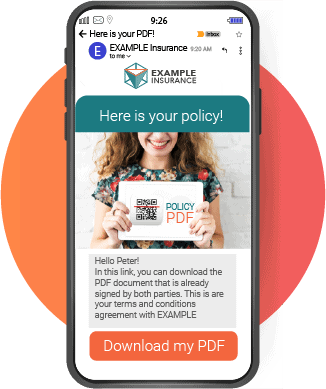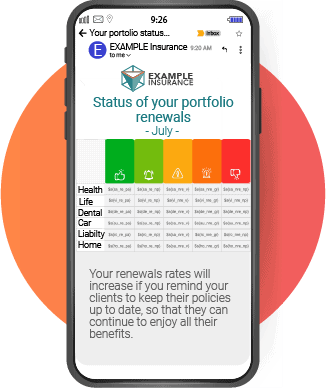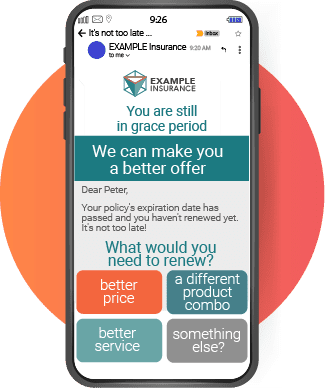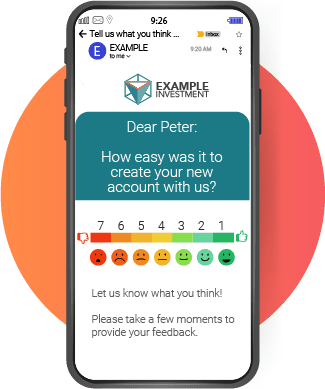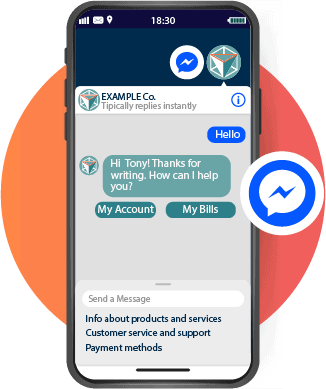It is well known that the incremental cost of selling to current customers is generally much lower than selling to new customers. Throughout our history at DANAconnect we have applied automated cross-selling campaigns for medium and long-term lead nurturing, for many of our clients in the financial industry. In this short article we want to give you some advice based on our experience of maturing for cross selling with financial institutions.
Let’s start by explaining: What is nurturing for cross-selling?
The nurturing of prospects for cross selling is a sales methodology for the progressive education, in the medium and long term, of current clients to whom you want to sell more and other products different from those they already have with your company .
The concept of this methodology is quite simple, but it has proven highly effective both in terms of branding and conversion rates. The method, which can be applied automatically, involves sending educational material periodically, with generic information not specific to the brand, related to the categories of your products, whether they are investment products, insurance products, or any products that your customers have not yet purchased. Potential customers receive educational emails for a period of four months to a year so they can nurture themselves, eliminate friction and move on to the buying stage.
When your customers are ready to buy the new product, your institution will be at their top of mind. In addition to that, these automations allow you to determine precisely when conversion is appropriate.
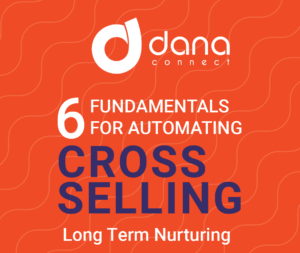 6 Ways to improve automated cross-selling campaigns:
6 Ways to improve automated cross-selling campaigns:
1. Organize your data with a customer-centric data model so you can identify opportunities
2. Segment well and offer cross-sells that make sense for your segment
3. Follow up and insist on the long-term
4. Demonstrate value before trying to make the sale = nurture and educate to increase penetration
5. Take action based on the reaction of prospects to your content in order to increase sales
6. Reinforce onboarding, this will result in a better result from your cross selling efforts.
Here are explained the 6 Ways to improve automated cross-selling campaigns:
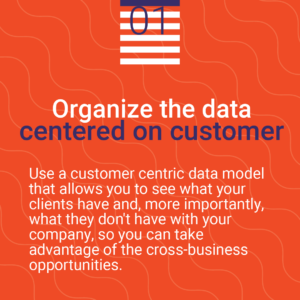 1. Organize your data with a customer-centric data model
1. Organize your data with a customer-centric data model
Your organization may have separate product data, and it may even have a different core system for each product. Before segmenting, a good data model should allow us to visualize what products a client owns, and above all, what products he doesn’t own, in order to take advantage of this cross-business opportunity.
A customer-centric data model provides the basis for storing the data in such a way as to be able to understand the evolution of customers and automate processes in order to offer the most personalized experience possible. Additionally, it should help the organization mainstream and centralize customer information within a single repository, so you can keep the data up-to-date and share it across departments.
How to make a customer centric data model?
 2. Segment well and offer cross-sells that make sense for your segment
2. Segment well and offer cross-sells that make sense for your segment
Trying to sell retiree products to a 21-year-old is probably not the best idea. The basic needs of young customers change as they advance professionally and personally. Financial institutions can offer products that meet the needs of this group at different stages of life — education, marriage, home ownership, starting a family, investing, and retirement — by leveraging their existing relationship with customers. Rather than push products prematurely or fail to cross-sell altogether, this can allow your prospect needs to be met sequentially and appropriately.
 3. The most important part is to follow up and insist
3. The most important part is to follow up and insist
Most buyers move slowly when considering a major purchase, and this is even more true when the purchase involves substantial value. Prospects are unlikely to make a decision right away, or even overnight.
It is impossible to rush an important purchase decision or a product that you do not understand. Thus, it is imperative to allow your products to mature properly in the minds of your leads by following up over a sufficient period of time.
It’s important that your prospects don’t feel like they’re on the receiving end of an aggressive sales pitch, even though you’re actually trying to sell to them. The hard sell just doesn’t work. It’s best to hook the potential customer on every follow-up, engage them with your content, and make sure you’re delivering value to them.
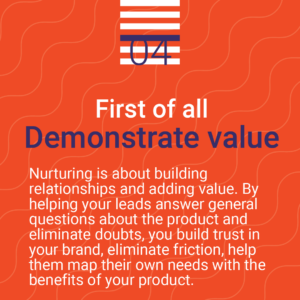 4. Demonstrate value before trying to make the sale
4. Demonstrate value before trying to make the sale
Throughout the customer journey, nurturing leads includes providing relevant information, supporting them as needed, and keeping them delighted through all of these stages.
Nurturing is about building relationships and adding value. By helping your potential customers answer general questions about the product and eliminate doubts, you build trust in your brand, eliminate friction, help them map their own needs with the benefits of your product, and prepare them for the purchase.
While nurturing your leads can take time, the ROI you’ll get is well worth it.
How to make Cross Selling + Nurturing?
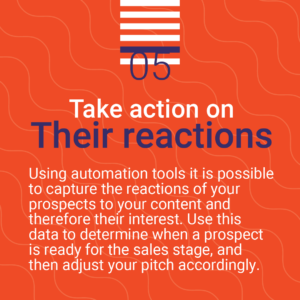 5. Monitor the reactions of prospects to your content and take action accordingly
5. Monitor the reactions of prospects to your content and take action accordingly
Using automation tools it is possible to capture the reactions of your prospects to your content and therefore their interest. Use this data to determine when a prospect is ready for the sales stage, and then adjust your pitch accordingly.
At DANAconnect we have developed a scoring system that we call “heat score”, which accumulates points as the lead interacts with the content by clicking, opening, or viewing it.
Once the prospect reaches this point, you can start using tools to ask for more information about what they would need specifically, such as when they will be ready to buy and what might really stand in the way of the purchase.
After this, it is possible to create a CRM ticket that passes to the department or its sales agents with precise information that will help them close the deal.
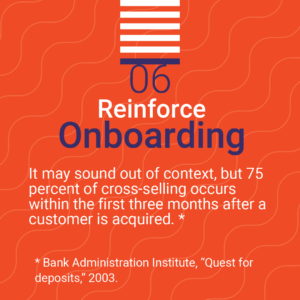 6. Strengthening the onboarding process improves cross-selling:
6. Strengthening the onboarding process improves cross-selling:
It may sound strange that this is advice for cross-selling, but 75 percent of cross-selling occurs within the first three months after a customer is acquired. * (Bank Administration Institute (BAI), “Quest for deposits,” 2003).
Onboarding is the first contact your customer really has with your company. In addition to being time-consuming and vulnerable to human error, customer onboarding often requires using disparate data sources and entering them manually. It is essential for financial institutions to make their onboarding process as efficient as possible because it is directly related to their cross-selling strategy. Therefore, institutions should consider automating the process to improve cross-selling opportunities by accelerating the flow of data through different departments.
How to automate the onboarding process?
Some problems we have detected with automated cross-Selling campaigns
In many of the financial institutions with which we have worked, having implemented automations for cross-selling has had an unintended consequence: paradoxically, the success they have had has affected and even collapsed certain departments.
We have found, for example, that close to 6% of the sales go up every month after the first 4 months of having automated cross-selling implemented. With thousands of customers, this increase can mean that the sales, underwriting and subscriptions departments are suddenly overwhelmed with requests that they did not anticipate.
It is important to anticipate how all areas of the organization will be affected and take the necessary precautions to align the efforts of the marketing, sales, and subscriptions departments.

